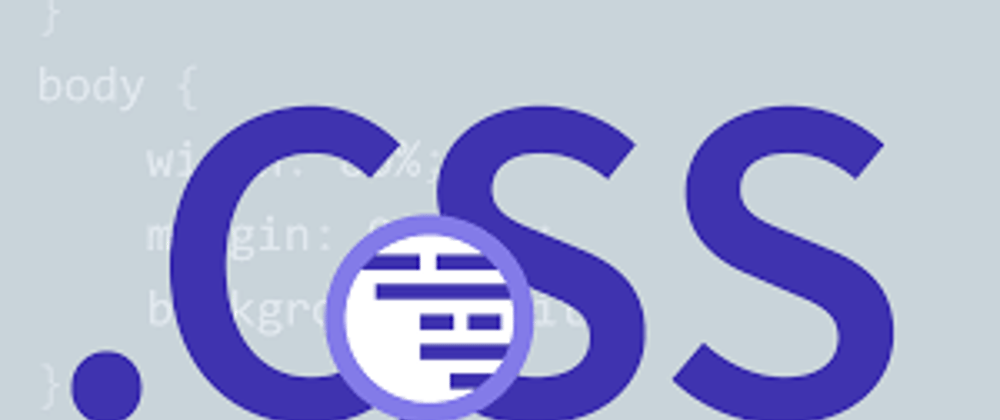In the world of web development, CSS (Cascading Style Sheets) plays a crucial role in defining the visual presentation of a webpage. It's what makes the web vibrant, interactive, and user-friendly. However, even the most experienced developers can fall into common pitfalls that can make their CSS less efficient, harder to maintain, or not work as expected. In this article, we'll explore some of these common mistakes, provide examples, and offer solutions to help you write cleaner, more effective CSS.
Mistake 1: Overusing !important
The !important rule in CSS is a powerful tool that overrides any other declarations. However, its overuse can lead to a nightmare when trying to debug or overwrite styles due to specificity issues.
Example:
.button {
color: blue !important;
}
.button-red {
color: red; /* This won't apply because of the !important rule above */
}
Solution: Reserve !important for utility classes or situations where you need to override styles from external libraries. Always try to solve specificity issues by using more specific selectors or refactoring your CSS.
Mistake 2: Not Using Shorthand Properties
CSS offers shorthand properties that can make your stylesheets more concise and easier to read. Not using these can lead to unnecessarily verbose and repetitive code.
Example:
.box {
margin-top: 10px;
margin-right: 20px;
margin-bottom: 10px;
margin-left: 20px;
}
Solution:
.box {
margin: 10px 20px; /* Shorthand for setting top & bottom, right & left margins */
}
Mistake 3: Ignoring the Box Model
Misunderstanding the CSS box model can lead to unexpected layout issues, especially when dealing with width, padding, and borders.
Example:
.container {
width: 100%;
padding: 0 15px;
}
This makes the actual width of the container more than 100%, causing horizontal scrolling.
Solution: Use the box-sizing: border-box; property, which includes padding and border in the element's total width and height.
.container {
box-sizing: border-box;
width: 100%;
padding: 0 15px;
}
Mistake 4: Over-Specificity or Too Many Nested Selectors
Creating very specific selectors or heavily nesting selectors can make your CSS hard to override and maintain.
Example:
body home #main-content .content-section .section-title {
color: red;
}
Solution: Aim for lower specificity and fewer nested selectors. Use classes instead of id's for styling if possible.
.section-title {
color: red;
}
Mistake 5: Not Organizing CSS
Lack of organization in your CSS file can lead to repetitive code, making it hard to maintain or update your styles.
Solution: Group similar styles together, use comments to section off parts of the CSS related to specific components or pages, and consider adopting a methodology like BEM (Block Element Modifier) for naming and organizing your CSS.
Conclusion
Avoiding these common CSS mistakes not only improves the readability and maintainability of your code but also enhances the performance and user experience of your websites. By paying attention to these details, you can ensure that your stylesheets are both powerful and efficient. Remember, the key to mastering CSS lies in understanding its foundational concepts and applying best practices consistently. Happy coding!
Thank you for reading my article! For more updates and useful information, feel free to connect with me on LinkedIn and follow me on Twitter. I look forward to engaging with more like-minded professionals and sharing valuable insights.







Top comments (0)